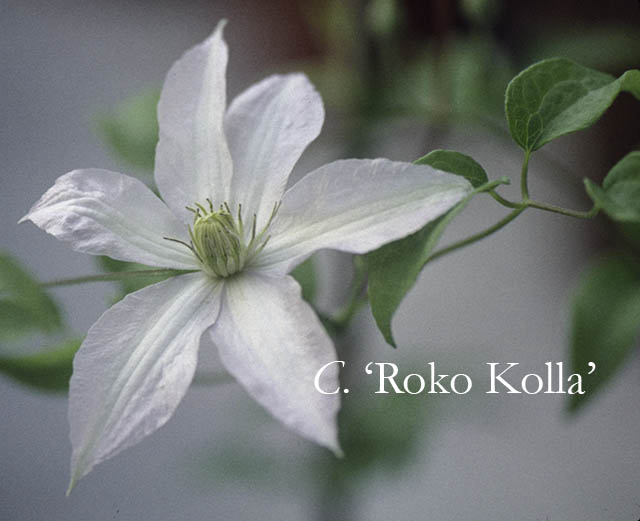The “pH” is considered the master variable (kind of like an on/off switch) in soils because it controls many chemical and biological processes which include the amount of nutrients available to your plants. That means it is a pretty darn important factor when it comes to how well a plant performs. So, if your plants have poor or stunted growth and/or have pale or discolored leaves, you might want to check your soil’s pH. Whether it is either too high or too low, by properly adjusting the pH, a definite improvement in your plants health and happiness will occur.
What is the Ideal pH?
The winning pH number when considering a soil’s pH is approximately 6.5, which is slightly acidic. The reason it is favored is because this is the point at which most of our garden plants can most easily ingest their required mineral nutrients available in the soil. Of course there are a few plants in our garden that prefer a more acidic environment such as: blueberries, rhododendrons, camellias and even clematis. But as a whole, it would be a good pH to aim for.
That being said, if you look at the chart above it shows the influence of the pH on 11 of the nutrients available to your plants. You can see that your plants would still be in a safe zone (which is highlighted on my chart with a violet-mauve bar) with a pH range of 6.2 (slightly acidic) to 6.8 (very slightly acidic). Since I am always concerned with the wellbeing of my clematis I have opted for establishing a pH of 6.2. By doing so, I keep my clematis contented while still allowing the rest of the garden to obtain its needed nutrients.
